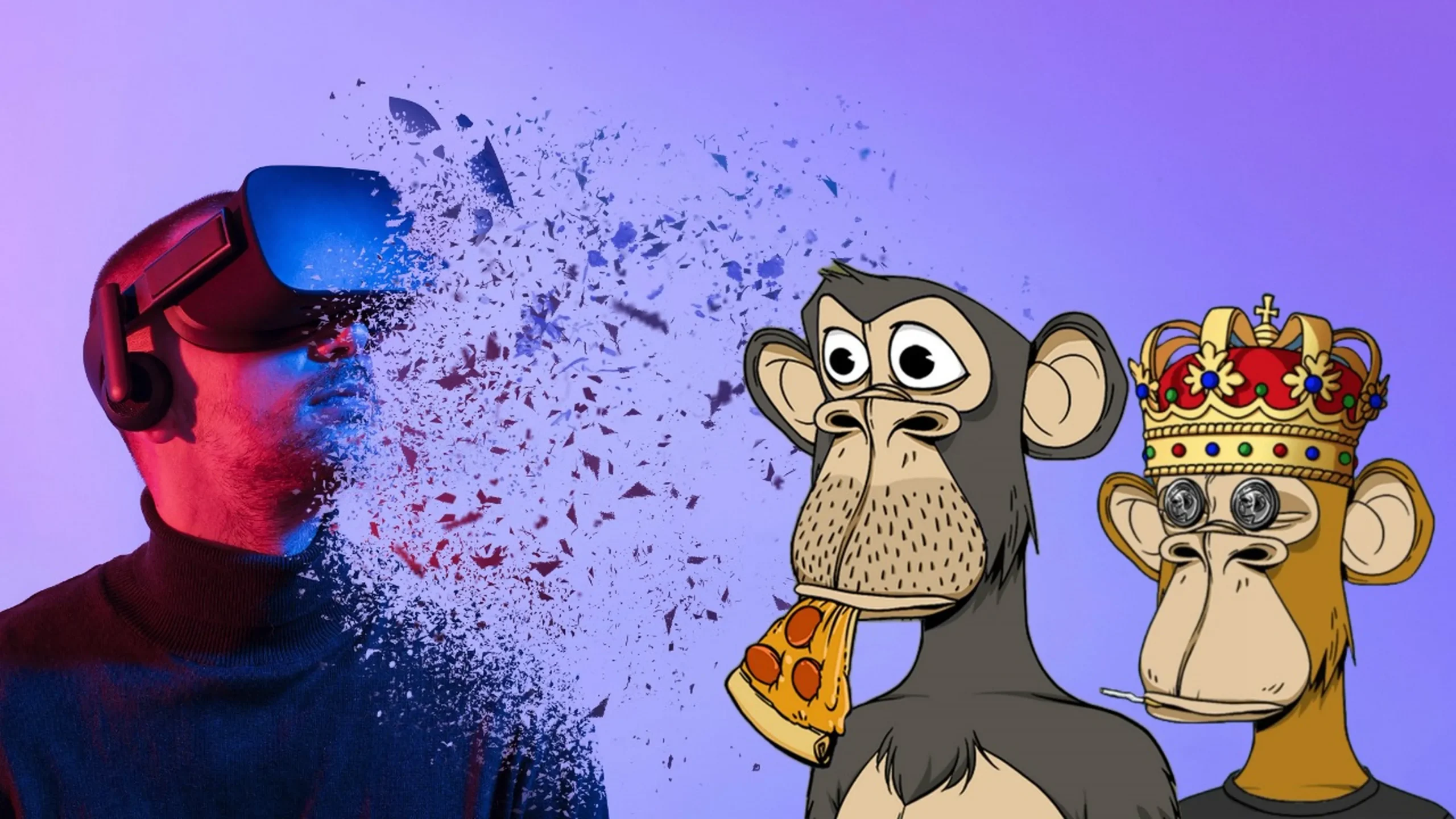Non-Fungible Tokens (NFTs) have revolutionized the digital world by enabling the ownership and transfer of unique digital assets. From digital art and collectibles to virtual real estate and music, NFTs have opened up new avenues for creators and collectors alike. One fascinating application of NFTs is their integration with artificial intelligence, particularly with language models like ChatGPT.
In this blog post, we will explore how to leverage ChatGPT in the world of NFTs, empowering users to enhance interactions and creativity.
Understanding ChatGPT:
ChatGPT is an advanced language model developed by OpenAI, powered by deep learning techniques. It is designed to generate human-like text responses, making it an ideal tool for conversational interactions. ChatGPT has been trained on a vast amount of text data, enabling it to understand and generate coherent responses to a wide range of prompts and questions.
NFTs and ChatGPT: A Perfect Pairing:
Integrating ChatGPT with NFTs can bring a unique dimension to the user experience. By associating ChatGPT with NFTs, creators and collectors can unlock a variety of possibilities, such as:
a. Interactive Collectibles: NFTs can be enhanced with ChatGPT to create interactive and dynamic collectibles. For example, a digital artwork NFT could feature a chatbot powered by ChatGPT, allowing collectors to have engaging conversations with the artwork or its virtual representation.
b. Personalized Experiences: By leveraging ChatGPT, NFT creators can offer personalized experiences to their collectors. For instance, an NFT representing a virtual character could have a built-in chatbot that interacts with the owner, providing unique stories or responding to user queries.
c. AI-Generated Descriptions: ChatGPT can be utilized to automatically generate detailed descriptions for NFTs. This can be particularly useful for artists who want to provide context or insights about their creations without manually writing lengthy descriptions.
d. Virtual Auction Assistants: Integrating ChatGPT into NFT marketplaces can enhance the auction experience. Users can interact with the chatbot to get information about the NFT, ask questions about the creator, or receive suggestions based on their preferences.
Implementing ChatGPT in NFTs:
To implement ChatGPT in the world of NFTs, you can follow these steps:
a. Data Collection and Training: Gather a suitable dataset that includes conversations, prompts, or relevant text that aligns with the purpose of your NFT project. Fine-tune ChatGPT on this dataset to make it more contextually aware and aligned with the desired domain.
b. Integration with NFTs: Associate ChatGPT with the metadata of your NFTs. This can be achieved by linking the NFT to a chatbot instance powered by ChatGPT. Ensure that the chatbot is capable of processing user queries and generating appropriate responses.
c. User Interface: Create an intuitive user interface that enables collectors to interact with the chatbot associated with the NFT. This could be a dedicated chat window, a chat widget, or an embedded chat interface within an NFT marketplace.
d. Monitoring and Improvements: Continuously monitor user interactions and feedback to improve the performance of the ChatGPT model. Incorporate user suggestions, address any issues, and refine the conversational experience over time.
Ethics and Considerations:
While leveraging ChatGPT in NFTs brings exciting possibilities, it is essential to consider ethical aspects. Ensure that the interactions with ChatGPT are designed to align with ethical guidelines, avoiding misinformation, hate speech, or inappropriate content. Implement moderation mechanisms to filter and review user interactions, protecting both creators and collectors.
Unique FAQs
ChatGPT enables personalized interactions and storytelling, adding depth and value to NFTs.
Ensuring authenticity and originality is essential to maintaining the integrity of the NFT market.
ChatGPT can be used to create dynamic NPCs and immersive storytelling experiences for players.
ChatGPT enables artists to develop rich narratives and engage with collectors in new and innovative ways.
The future looks promising, with opportunities for further growth and innovation in the digital content space.
Conclusion:
Integrating ChatGPT with NFTs offers a fascinating and innovative approach to enhancing interactions and creativity. By associating language models with unique digital assets, creators and collectors can provide immersive experiences, personalized interactions, and Chat GPT LG. However, it is crucial to approach this integration responsibly, considering ethical considerations and maintaining a positive user experience. As the NFT landscape evolves, the combination of artificial intelligence and digital ownership will continue to open up new frontiers for creativity and engagement.
Read Also: Personalized language learning with Chat GPT

